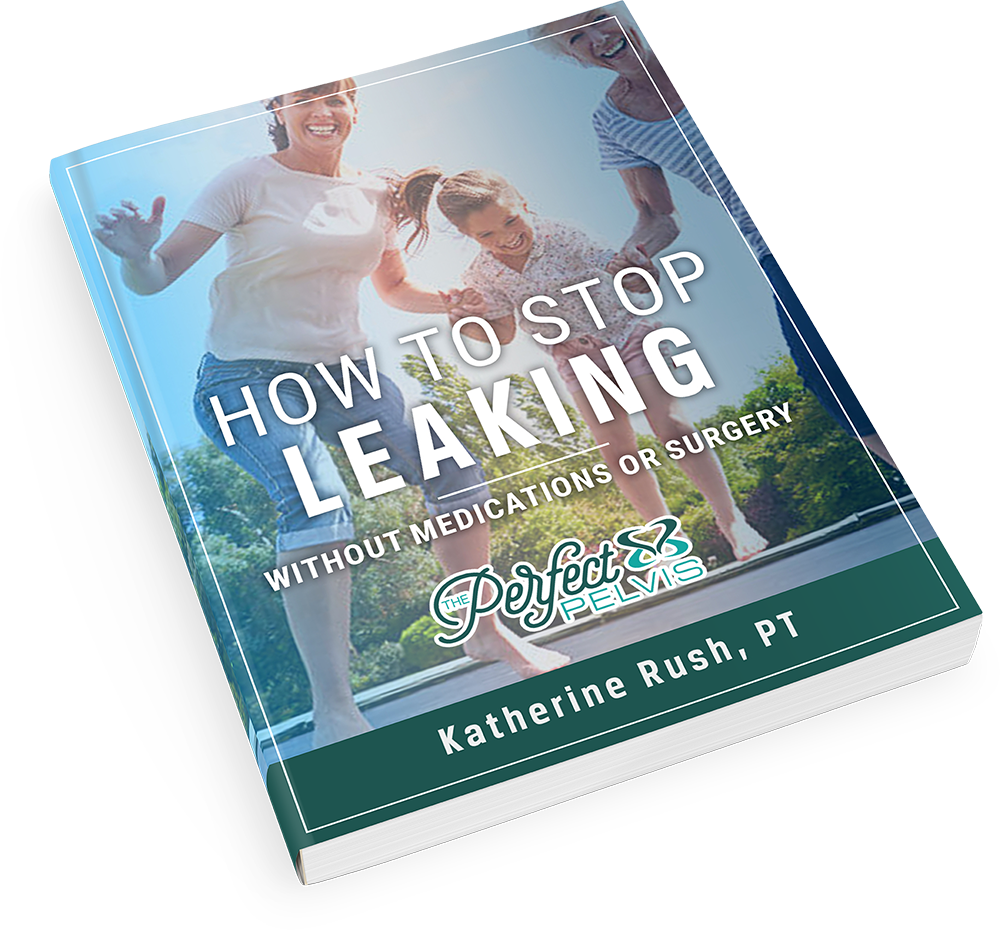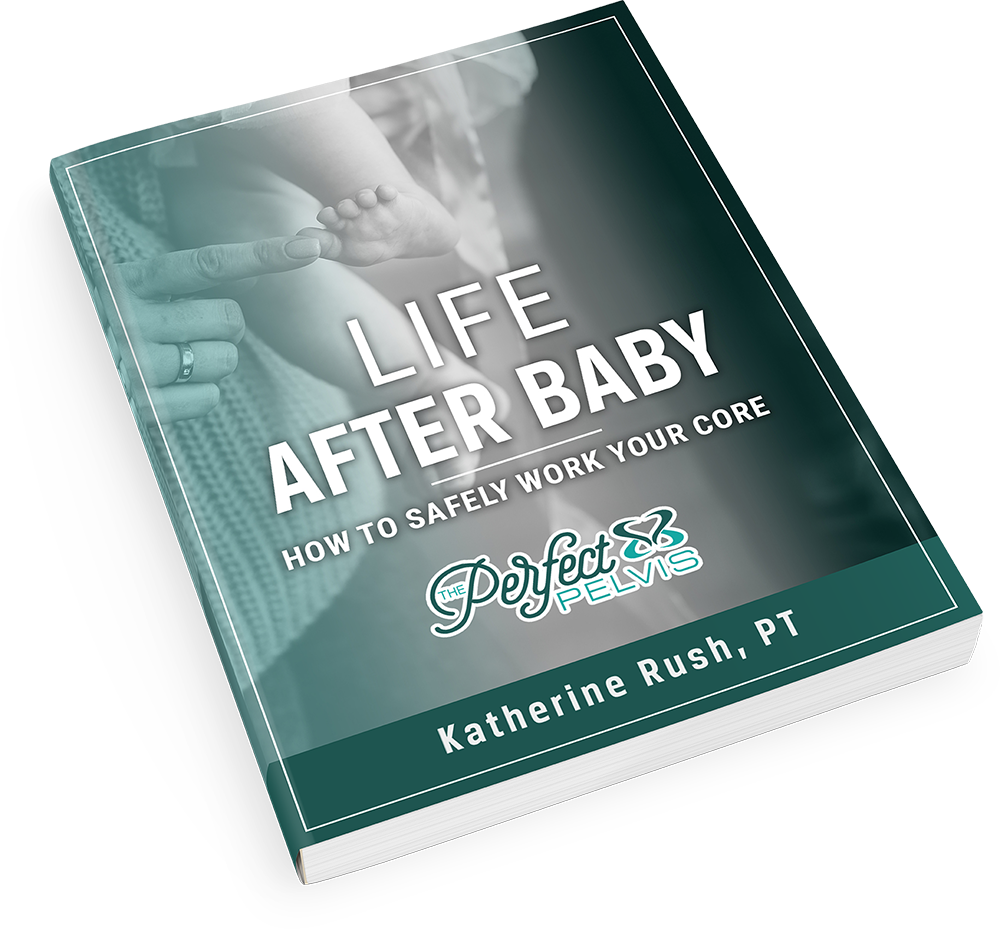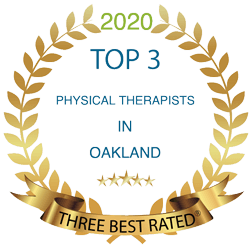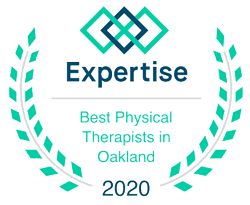In this blog, we will be discussing 3 things to know about urge incontinence.
Incontinence is a medical condition that affects millions of people across the globe. It is characterized by an involuntary loss of urine or fecal matter and can occur as a result of several different causes.
The most common cause of incontinence is weakened pelvic muscles due to childbirth, age-related muscle atrophy, or nerve damage.
Other potential causes include urinary tract infections, constipation or diarrhea, neurological disorders such as Parkinson’s Disease and Multiple Sclerosis, surgery of the bladder or pelvic area, certain medications, and prostate problems for men.
If incontinence is left untreated, it can lead to serious health issues including skin irritation in the genital area from exposure to urine or feces. It can also cause psychological distress such as anxiety and depression, and can limit a person’s physical activity due to fear of embarrassment.
Fortunately, there are a variety of treatments available for incontinence that can help reduce symptoms and improve quality of life. These include lifestyle modifications, pelvic floor muscle exercises, medications, bladder retraining programs, electrical stimulation therapy, and even surgery.
With the proper diagnosis and treatment, incontinence can become much easier to manage.
Incontinence is not a sign of aging or a condition that you have to live with for the rest of your life. With the right approach and tailored treatments, individuals affected by this condition can learn how to effectively manage their symptoms and enjoy a better quality of life.
Seeking help from a qualified healthcare provider is the best way to address any incontinence issues and achieve successful outcomes.
Different Types of Incontinence
Incontinence is a condition that affects millions of people around the world and can be caused by a variety of medical issues. It’s important to understand the different types of incontinence in order to identify what type you have and get the right treatment plan.
The most common type of incontinence is urge incontinence, also known as overactive bladder. This type of incontinence is caused by a sudden and powerful urge to urinate that cannot be stopped, followed by involuntary urine leakage.
People with this condition can experience strong urges to urinate at any time, even if their bladder is not full. Other symptoms include wetting accidents, frequent trips to the bathroom, and difficulty sleeping due to frequent nighttime urination. Treatment plans for urge incontinence usually involve lifestyle changes, medications, and bladder retraining.
Stress incontinence is another common form of incontinence that can be caused by damage to the pelvic floor muscles during childbirth or surgery. This type of incontinence occurs when physical activities like coughing, sneezing, laughing, lifting heavy objects, or exercising put pressure on the bladder and cause urine leakage. Treatment plans for stress incontinence often include pelvic floor muscle exercises to strengthen the muscles that control urination.
The final type of incontinence is overflow incontinence, which is caused by a blockage in the bladder or damage to the nerves that control urination. This type of incontinence can cause constant dribbling of urine, a feeling of incomplete emptying when urinating, and urinary tract infections. People with this condition often feel like they need to urinate frequently due to constant leakage. Treatment plans for overflow incontinence usually involve medications or surgery to unblock the bladder or restore nerve function.
All types of incontinence can be embarrassing and difficult to manage, but the right treatment plan can help you get your life back on track. Talk to your doctor about what type of incontinence you have and what treatment plan would work best for you. With the right care, you can find relief from your symptoms and regain control over your bladder.
3 Things To Know About Urge Incontinence
Urge incontinence is a condition that affects bladder control. It can result in an urgent need to urinate and accidental leakage of urine from the bladder. Understanding this condition is important for managing symptoms and improving quality of life. Here are three things to know about urge incontinence:
- Urge incontinence can have various causes, including bladder infections, constipation, neurological disorders, and weak bladder muscles. Knowing the underlying cause of urge incontinence can help guide treatment.
- Common symptoms associated with urge incontinence include frequent urination (more than 8 times a day), a strong and sudden urge to urinate, leaking urine after feeling the need to go urgently, waking up at night to urinate, and leakage or wetness of urine before reaching the toilet.
- Treatment options for urge incontinence include lifestyle changes, such as reducing caffeine intake and doing bladder training exercises, medications to reduce urinary urgency, surgery to strengthen the pelvic floor muscles, and electrical stimulation of the nerves that control bladder function.
It is important to talk to a healthcare professional if you experience any of the symptoms associated with urge incontinence. Early diagnosis and treatment can help reduce or eliminate symptoms and improve quality of life.
How Can Physical Therapy Help With Urge Incontinence?
Physical Therapists (PTs) can offer a multitude of treatments to help with urge incontinence. Treatments such as pelvic floor muscle exercises, biofeedback, electrical stimulation, and bladder retraining can all be effective tools in managing urge incontinence.
Pelvic floor muscle exercises are designed to strengthen the muscles of the pelvic floor which support the bladder. Biofeedback helps people learn to identify and contract the muscles of the pelvic floor, enabling them to better control their bladder.
Electrical stimulation is used to help relax the bladder muscle and increase its capacity, offering relief from urge incontinence. Bladder retraining teaches individuals how to recognize signals from the bladder, allowing them to delay urination in order for it to occur at more appropriate times.
Additionally, Physical Therapists can also provide lifestyle advice that can help manage urge incontinence. This can include suggesting dietary and fluid changes to improve bladder control, as well as providing guidance on ways to reduce stress which may exacerbate symptoms.
PTs may also provide education on pelvic health anatomy and physiology, teaching patients about behaviors they should avoid and positions to use while urinating that will help maintain bladder control. With the combination of physical treatments and lifestyle advice, Physical Therapists can provide significant relief for those suffering from urge incontinence.
Furthermore, Physical Therapists are also trained to assess underlying medical conditions such as arthritis or diabetes which may be contributing to urge incontinence, and refer patients to other healthcare professionals as needed.
Want to Take The Next Steps In Treating Your Stress Incontinence?
Are you struggling with incontinence, looking for solutions, and wondering what the next steps are in treating this problem?
Then feel free to schedule a free phone consult, or contact us to arrange a $57 Incontinence Screening. You can also feel free to give us a call at 816.607.3747 (We still like to talk on the phone!)
We love to keep people in Lee’s Summit, mobile, active, and off pain pills – let our expertise go to work for you to help you stay happy and healthy.
Don’t forget, you can schedule a no-obligation (and free!) phone consult or visit us at our Lee’s Summit clinic as part of your $57 Incontinence Screening. Or just give us a call at 816.607.3747.
We look forward to hearing from you,
Katy Rush, PT
Other Free Resources To Help With Incontinence
Download our free report – 5 Ways To Stop Bedwetting Fast
Read our blog- This Could Be Making Your Struggle With Incontinence Worse
Follow Us On Social Media – Facebook, Instagram, Twitter, and LinkedIn








